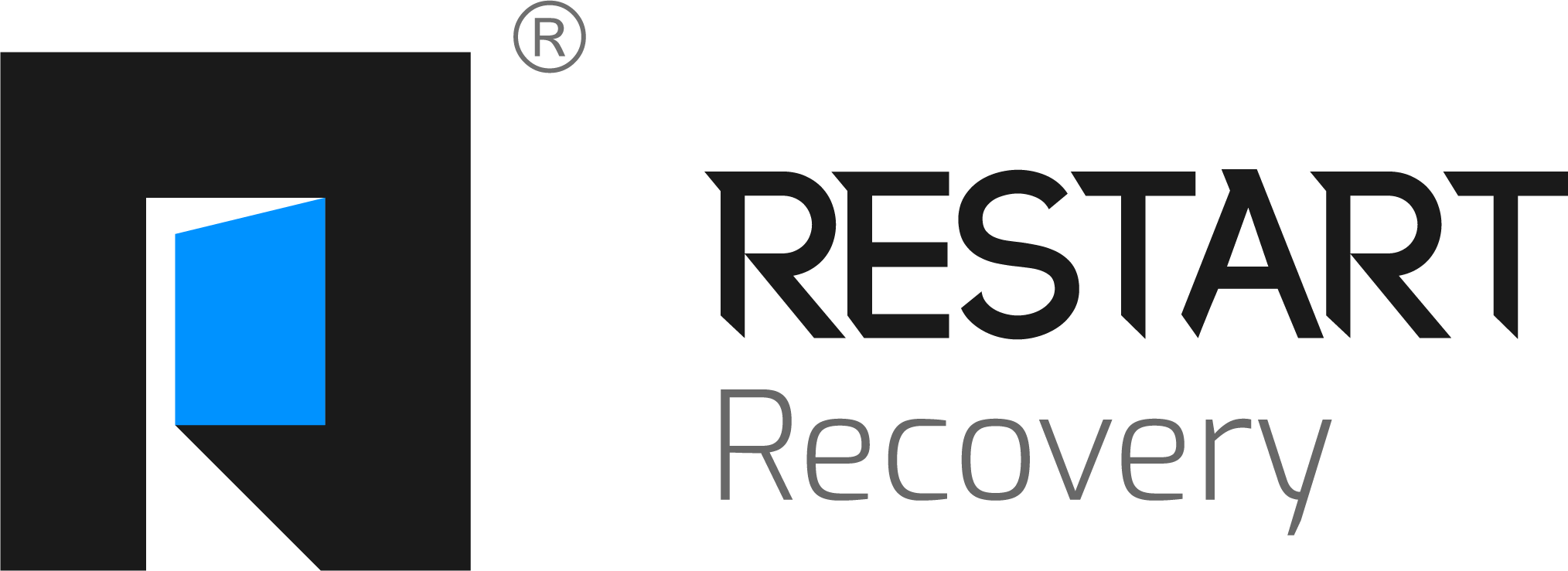How Is Crack Cocaine Addiction Treated?
- Yasmin Maghsoudloo
- May 27
- 4 min read

How Is Crack Cocaine Addiction Treated?
Crack cocaine addiction is one of the most severe forms of substance use disorder, posing significant physical, mental, and social challenges for individuals and their families. Derived from powdered cocaine, crack is highly addictive, leading to compulsive use and devastating consequences for both the brain and body. The treatment of crack cocaine addiction requires a comprehensive, tailored approach to address the physical dependency, psychological triggers, and social factors contributing to the addiction. Here’s an in-depth look at how crack cocaine addiction is treated.
1. Detoxification (Detox)
The first step in treating crack cocaine addiction is detoxification, where the body eliminates all traces of the drug. Detox can be a difficult process, often accompanied by withdrawal symptoms such as intense cravings, depression, anxiety, fatigue, and irritability. These symptoms are a result of the brain’s dependence on the drug for dopamine production, leading to an emotional and physical crash once use is discontinued.
Medical detoxification, usually done in a controlled setting like a rehab center, involves monitoring by healthcare professionals who may provide medications to ease the discomfort of withdrawal and prevent complications. Detox is not a cure for addiction, but it is a crucial starting point in the recovery process.
2. Behavioral Therapies
Once the body is free from the physical presence of crack cocaine, the real work of recovery begins with behavioral therapy. These therapies help individuals understand and change their drug-seeking behaviors, cope with cravings, and manage triggers.
Cognitive Behavioral Therapy (CBT): One of the most effective treatments for crack addiction, CBT focuses on identifying and changing the negative thought patterns that contribute to substance use. It helps individuals develop healthy coping mechanisms, improve decision-making, and build a more positive mindset.
Contingency Management (CM): CM is a motivational approach that rewards individuals for staying drug-free. Participants may receive vouchers, prizes, or privileges for passing drug tests, which encourages continued sobriety. This approach has been shown to be particularly effective in treating stimulant addiction, like crack cocaine.
Motivational Interviewing (MI): MI helps individuals find the internal motivation to change their behaviors. This person-centered approach guides patients through ambivalence about quitting crack cocaine, helping them set and achieve personal goals for recovery.
3. Support Groups and 12-Step Programs
Support groups play a vital role in addiction treatment. These groups offer a sense of community, shared experiences, and encouragement from others who are also recovering from crack addiction. Popular 12-step programs like Narcotics Anonymous (NA) provide a structured approach to recovery, emphasizing personal accountability, spiritual growth, and peer support. These programs can be a valuable source of long-term support for individuals battling addiction.
4. Medication-Assisted Treatment (MAT)
Although there is currently no FDA-approved medication specifically for crack cocaine addiction, research is ongoing to identify effective pharmacological treatments. Some drugs, like antidepressants, antipsychotics, or anticonvulsants, may be used to treat co-occurring mental health conditions or alleviate specific symptoms of withdrawal.
Experimental treatments, such as vaccines that block the effects of cocaine in the brain or medications that influence dopamine production, are also being studied. While medication is not a stand-alone solution, it can be essential to a broader treatment plan.
5. Dual Diagnosis Treatment
Many individuals who struggle with crack cocaine addiction also suffer from co-occurring mental health disorders, such as depression, anxiety, or PTSD. Known as dual diagnosis, the simultaneous treatment of both addiction and mental health conditions is critical for successful recovery. Dual diagnosis programs integrate psychiatric care with addiction treatment, ensuring that both conditions are addressed together.
By treating the underlying mental health issues alongside the addiction, individuals are less likely to relapse or use crack cocaine as a form of self-medication.
6. Inpatient and Outpatient Rehabilitation Programs
Rehabilitation programs are tailored to the needs of each individual, offering different levels of care based on the severity of the addiction.
Inpatient Rehab: Inpatient or residential rehab provides an immersive, structured environment for recovery. Patients live at the treatment facility for a set period, typically 30, 60, or 90 days, and participate in daily therapy sessions, support groups, and other recovery activities. Inpatient programs are ideal for individuals with severe addictions or those without a stable home environment.
Outpatient Rehab: Outpatient programs offer flexibility, allowing individuals to attend therapy and treatment sessions while continuing to live at home and manage their daily responsibilities. This option is suitable for those with less severe addictions or who have completed an inpatient program and need ongoing support.
7. Aftercare and Relapse Prevention
The risk of relapse is high in crack cocaine addiction, making aftercare and relapse prevention crucial components of long-term recovery. Aftercare programs provide continued support after rehab, including regular therapy sessions, support groups, and check-ins with counselors.
Relapse prevention strategies often involve ongoing behavioral therapy, lifestyle changes, and learning how to avoid triggers. Techniques such as mindfulness, stress management, and the development of a strong support network can help individuals maintain their sobriety and build a fulfilling life free from crack cocaine.
Final Thoughts
Recovering from crack cocaine addiction is a long and challenging process, but it is achievable with the right treatment approach. Combining medical detox, behavioral therapies, support groups, and aftercare can give individuals the tools they need to break free from addiction and regain control of their lives. Each person’s journey is unique, and finding a treatment plan tailored to their needs is key to achieving lasting recovery.





Comments